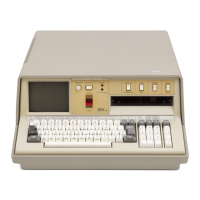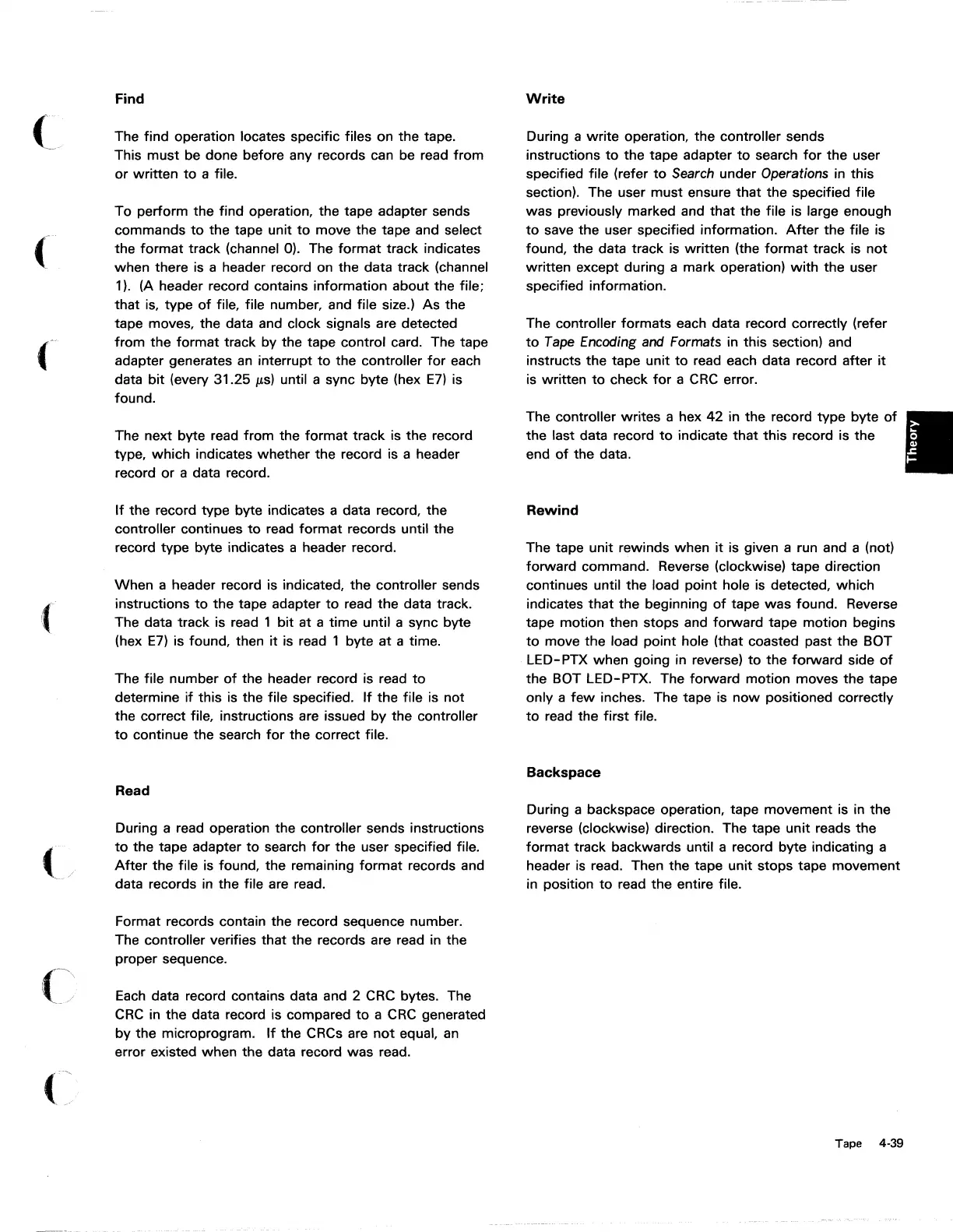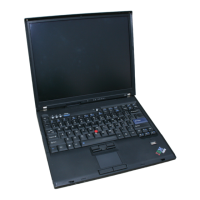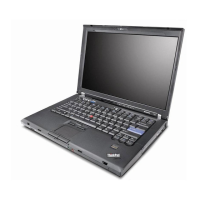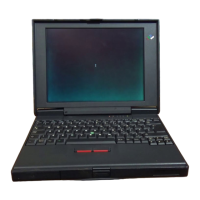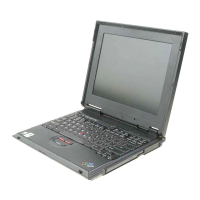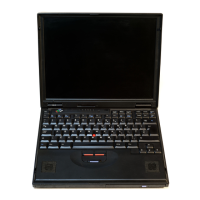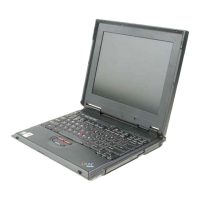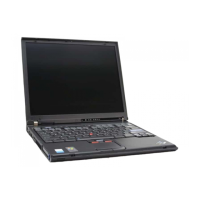C
""
--
(
(
Find
The
find
operation locates specific files on the tape.
This must be done before any records can be read from
or
written
to
a file.
To perform the find operation, the tape adapter sends
commands
to
the tape unit
to
move the tape and select
the
format
track (channel 0). The format track indicates
when there is a header record on the data track (channel
1).
(A header record contains information about the file;
that
is, type
of
file, file number, and file size.)
As
the
tape moves, the data and clock signals are detected
from
the format track by the tape control card. The tape
adapter generates
an
interrupt
to
the controller
for
each
data
bit
(every 31.25
/Ls)
until a sync byte (hex
E7)
is
found.
The next byte read from the
format
track is the record
type, which indicates whether the record is a header
record
or
a data record.
If
the record type byte indicates a data record, the
controller continues
to
read
format
records until the
record type byte indicates a header record.
When
a header record is indicated, the controller sends
instructions
to
the tape adapter
to
read the data track.
The data track is read 1 bit at a
time
until a sync byte
(hex
E7)
is found, then
it
is read 1 byte
at
a time.
The file number
of
the header record is read
to
determine
if
this is the file specified.
If
the file is not
the correct file, instructions are issued by the controller
to
continue the search
for
the correct file.
Read
During a read operation the controller sends instructions
to
the tape adapter
to
search
for
the user specified file.
After
the file is found, the remaining
format
records and
data records in the file are read.
Format records contain the record sequence number.
The controller verifies that the records are read in the
proper sequence.
Each
data record contains data and 2 CRC bytes. The
CRC
in
the
data record is compared
to
a
CRC
generated
by
the microprogram.
If
the CRCs are
not
equal,
an
error existed when the data record
was
read.
Write
During a
write
operation, the controller sends
instructions
to
the tape adapter
to
search
for
the user
specified file (refer
to
Search under Operations in this
section). The user
must
ensure that the specified file
was
previously marked and
that
the file is large enough
to
save the user specified information.
After
the file is
found, the data track is written (the
format
track is
not
written except during a mark operation)
with
the user
specified information.
The controller formats each data record correctly (refer
to
Tape Encoding and Formats in this section) and
instructs
the
tape unit
to
read each data record after
it
is written
to
check
for
a
CRC
error.
The controller
writes
a hex
42
in the record type byte
of
the last data record
to
indicate
that
this record is the
end
of
the data.
Rewind
The tape unit rewinds when
it
is given a run and a (not)
forward command. Reverse (clockwise) tape direction
continues until the load point hole is detected, which
indicates
that
the beginning
of
tape
was
found. Reverse
tape motion then stops and forward tape motion begins
to
move the load point hole (that coasted past the BOT
LED-PTX when going in reverse)
to
the forward side
of
the BOT
LED-
PTX.
The forward motion moves the tape
only a
few
inches. The tape is
now
positioned correctly
to
read the
first
file.
Backspace
During a backspace operation, tape movement is in the
reverse (clockwise) direction. The tape unit reads the
format
track backwards until a record byte indicating a
header is read. Then the tape unit stops tape movement
in position
to
read the entire file.
Tape 4-39
